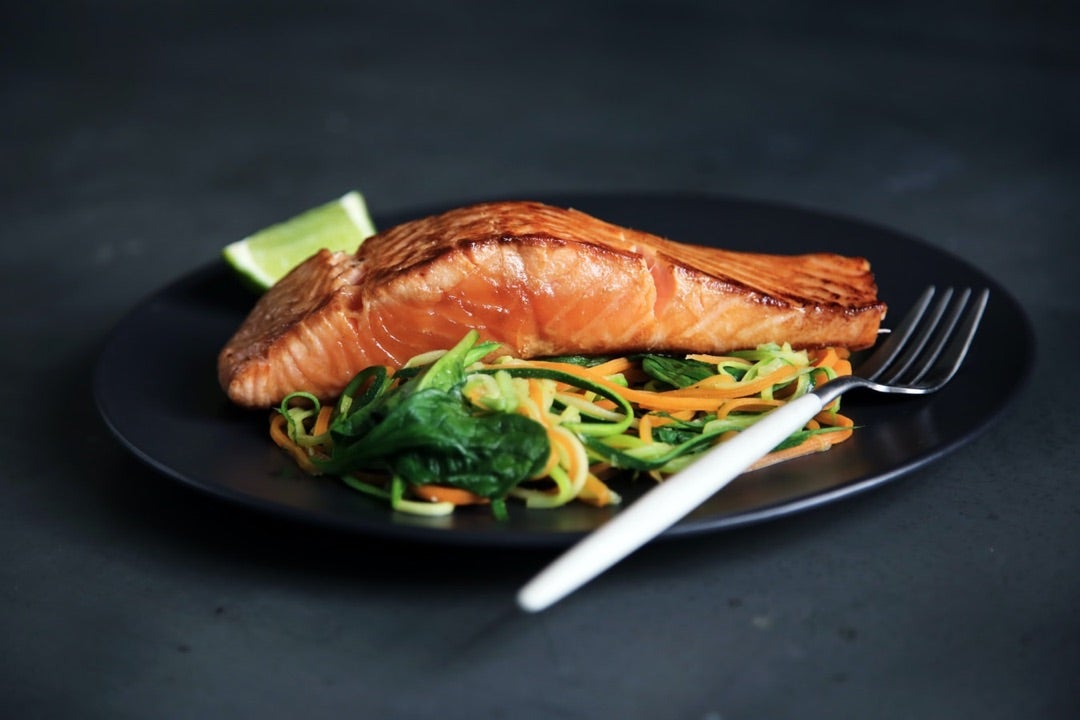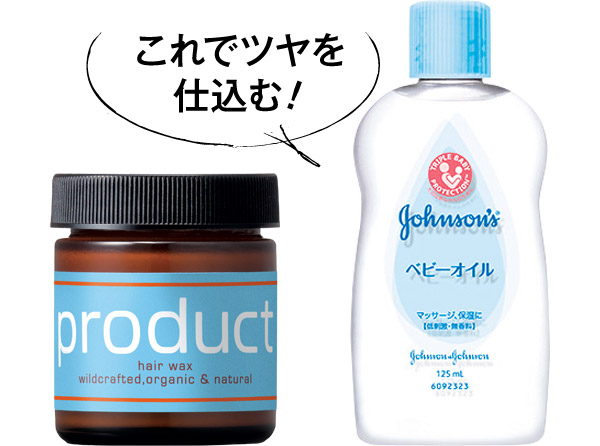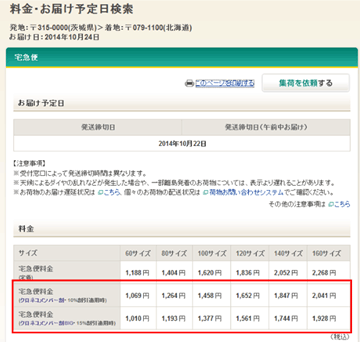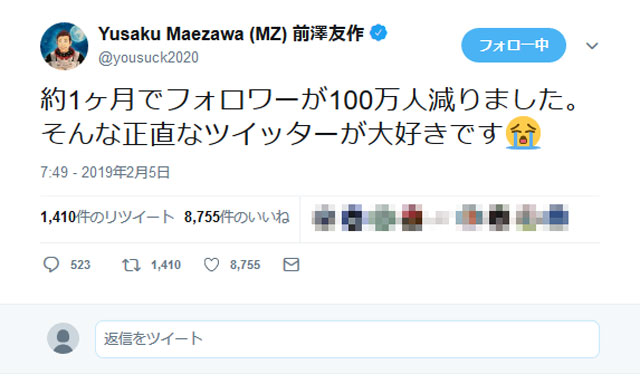Ipf 断食 - 【効果はバツグン】スムーズに体脂肪を落とすオススメのプチ断食2選
Trial registration: The project was registered at ClinicalTrials. In addition, oxidative damagemarkers decreased after the nutritional intervention. Furthermore, the intervention ameliorated the onset of the anaerobic phase of exercise. Although energy intake was reduced by about 33%, the contribution of carbohydrates, proteins, andlipids to total energy intake during the caloric restriction was similar to the original diet. Results: The caloric restriction reduced the daily specific micronutrient intake to values lower than 90% ofrecommended dietary allowances. Methods: The study was performed with 12 healthy male athletes by carrying out a 33% caloric restriction withrespect to their usual diet. Weaimed to provide evidence of how caloric restriction affects the body composition and physical performance oftrained athletes and to evaluate the possible impact of an every-other-day feeding diet on nutritional deficienciesof micronutrients and essential fatty acids. Athletes performed a maximal exercise stress test both before and after the caloricrestriction period. No effects were observed in blood parameters related to iron metabolism andtissue damage, glucose levels, lipid profiles, or erythrocyte fatty acid composition. Blood samples were taken before and after the caloric restriction at basal conditions and 30 minpost-exercise. The caloric restriction intervention significantly reduced bodyweight and trunk, arm, and leg weights; it also caused a decrease in fat and lean body mass, the energyexpenditure rate when performing a maximal exercise stress test, and the energy cost to run one meter at variousexercise intensities.。
。
。
。
。
。
。
。
。
。
。
。
。
。
。
。
。
。
。
。
。
。
。
。
- 関連記事
2021 lentcardenas.com

![断食 ipf 16時間断食もう古い?2021最新断食IPFやり方と効果[週3日だけ] │ 断食 ipf 16時間断食もう古い?2021最新断食IPFやり方と効果[週3日だけ] │](https://health-manabu.com/wp-content/uploads/2019/06/logo_GreenOnWhite-300x155.jpg)

![断食 ipf 16時間断食もう古い?2021最新断食IPFやり方と効果[週3日だけ] │ 断食 ipf 試してみた! 内臓過労も回復する「週末ファスティング」のススメ|OCEANS](https://assets.st-note.com/production/uploads/images/45694911/picture_pc_e0ad23042089078ef5b5ecffabe772eb.png?width=800)






![断食 ipf 16時間断食もう古い?2021最新断食IPFやり方と効果[週3日だけ] │ 断食 ipf 監修ドクターも18kgやせた!糖質オフと“15時間食べない”プチ断食のW効果でやせる|株式会社主婦の友社 のプレスリリース](https://i.ytimg.com/vi/GV7l81Asy_A/maxresdefault.jpg)





















